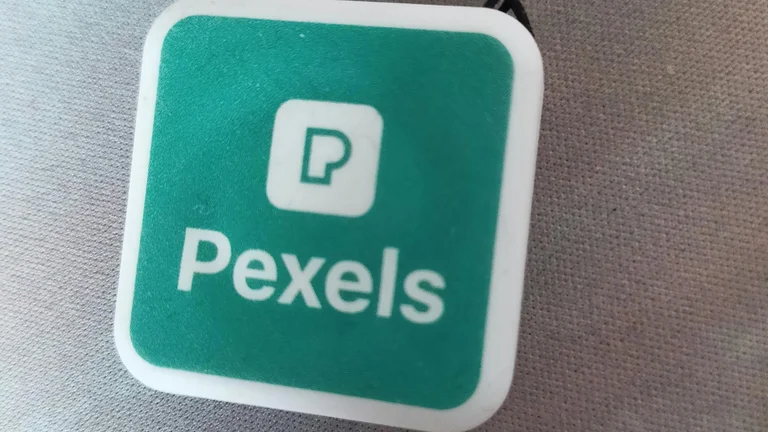Understanding Trademarks

A trademark is a recognizable sign, design, or expression that identifies products or services from a particular source. This protection helps distinguish goods and prevents confusion among consumers. Trademarks can be words, logos, symbols, or even sounds. To secure a trademark, one must apply through the relevant nation's intellectual property office. In the U.S., the United States Patent and Trademark Office (USPTO) handles these applications.
Once registered, the trademark owner has the exclusive right to use it in commerce, preventing others from using similar marks that could cause confusion. Trademarks can last indefinitely as long as they are in use and renewed periodically. They play a crucial role in brand identity, helping consumers make informed choices.
Types of Trademarks
There are several types of trademarks. The most common include:
- Word Marks: These are brand names or slogans protected under trademark law.
- Design Marks: These consist of logos and symbols that represent the brand.
- Service Marks: Similar to trademarks, but specifically identify and protect services rather than products.
- Collective Marks: These indicate membership in an organization and may inform consumers of a group's quality or origin.
- Certification Marks: These reflect goods or services that meet certain standards.
Each type of trademark serves a unique purpose in protecting brand identity. Understanding these is essential for businesses as they navigate the intellectual property landscape.
The Basics of Patents
A patent provides an inventor exclusive rights to their invention for a limited time. This protection allows inventors to control how their inventions are used and marketed. In exchange for this exclusivity, patent holders must publicly disclose their invention, allowing others to learn from it.
There are three main types of patents:
- Utility Patents: These cover new and useful inventions, including processes, machines, and compositions of matter.
- Design Patents: These protect the ornamental design of a functional item.
- Plant Patents: These are granted for new and distinct plant varieties.
To apply for a patent, inventors must submit a detailed application to a patent office, such as the USPTO in the United States. The application process can be complex, requiring a thorough examination of the invention for novelty and non-obviousness.
Differences Between Trademarks and Patents
While trademarks and patents both fall under the umbrella of intellectual property, there are key differences between the two:
| Aspect | Trademark | Patent |
|---|---|---|
| Purpose | Identify and distinguish goods/services | Protect inventions and processes |
| Duration | Indefinite with renewal | Limited (20 years for utility patents) |
| Registration | Optional but recommended | Mandatory |
| Disclosure | No public disclosure required | Public disclosure of invention required |
Why Protect Your Intellectual Property?
Protecting intellectual property is essential for many reasons. For businesses, trademarks can enhance brand recognition and customer loyalty. They also add value to the company’s assets. Patents, on the other hand, can provide a competitive edge, allowing companies to capitalize on their innovations without fear of infringement.
Moreover, stronger intellectual property protections can encourage investment and innovation. Investors often look for solid IP portfolios when evaluating the potential of a startup or an existing company. Thus, knowing when and how to secure trademarks and patents can significantly impact business growth and success.
| Aspect | Trademark | Patent |
|---|---|---|
| Purpose | Identify and distinguish goods/services | Protect inventions and processes |
| Duration | Indefinite with renewal | Limited (20 years for utility patents) |
| Registration | Optional but recommended | Mandatory |
| Disclosure | No public disclosure required | Public disclosure of invention required |
FAQ - Trademark and Patent Basics
What is a trademark?
A trademark is a symbol, word, or phrase that denotes a specific source of goods or services. It helps distinguish a company's products from others in the market.
How long does a trademark last?
Trademarks can last indefinitely as long as they are in use and properly renewed, typically every 10 years in many jurisdictions.
What types of patents are available?
There are three main types of patents: utility patents for inventions, design patents for ornamental designs, and plant patents for new plant varieties.
Do I need to register my trademark?
Registration is not mandatory but is highly recommended to ensure exclusive rights and protection against infringement.
What is the process to get a patent?
To obtain a patent, you must submit an application to the relevant patent office, and your invention will undergo an examination for novelty and non-obviousness.
Trademarks and patents are crucial for protecting intellectual property. Trademarks distinguish goods/services while patents secure exclusive rights to inventions. Understanding their types and differences is key for any business aiming to protect its assets and enhance market value.
Conclusão sobre Trademark and Patent Basics.